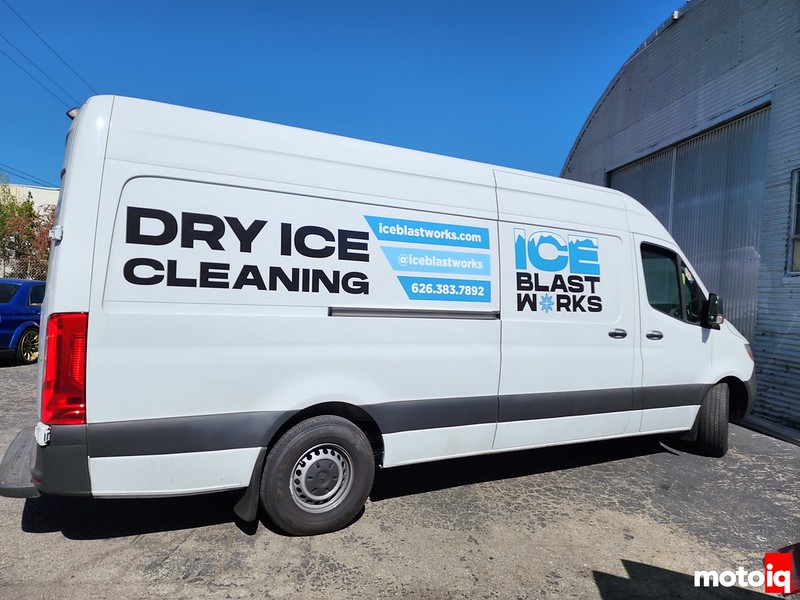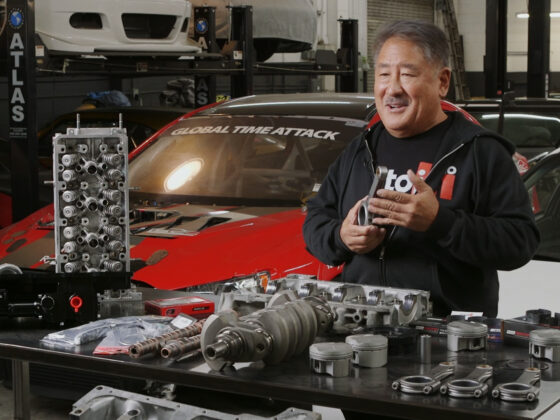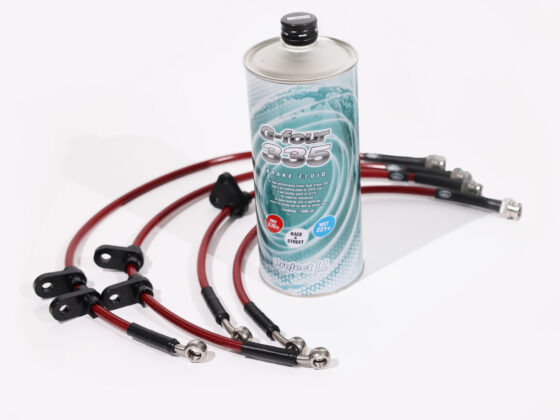
Here are the huge water traps and the big desiccation unit with additional built-in heat exchangers.

Here is a batch of rice before it is scooped into the blaster.

Although it looks simple, including a used van, you are looking at over $100k of stuff here, a significant investment and you can’t simply store the excess for next time. It is not really economically feasible for most shops to do this unless they can have enough business to do it full-time. Miscalculating the amount of rice needed can eat up your profits!

A close-up of our gross engine. Photos don’t really show the extent of grossness too well. The whole bottom of the engine, front cover, and lower engine compartment are coated in a 1/4″ thick layer of dirt and oil that has been baked on from sitting for 10 years.

You can really see the white corrosion here.




6 comments
That before and after shot is amazing. Love it.
after? you mean those shots taken from 10 feet away?
It is what you get. Sorry if you didnt like the pictures.
I apologize for my passive aggressive comment. feel free to delete me being an idiot… or leave it up for all to see…
“This process is much faster and safer than simple green and elbow grease.”
If dry ice blasting isn’t in the budget my go to solution for the past few years has been Scrubbing bubbles and an electric pressure washer.
1. spray liberally in the engine bay until it looks like it snowed there.
2. Let sit for a min or two
3. Rinse with an electric pressure washer (the gas powered ones are too strong).
Now this doesn’t alleviate the need for caution around electrical connectors, but other than moisture in a distributor cap I haven’t had any problems.
I do the same but with simple green. I originally wanted to just clean things up and send it but the project is turning into a complete race car build with pulling the engine….